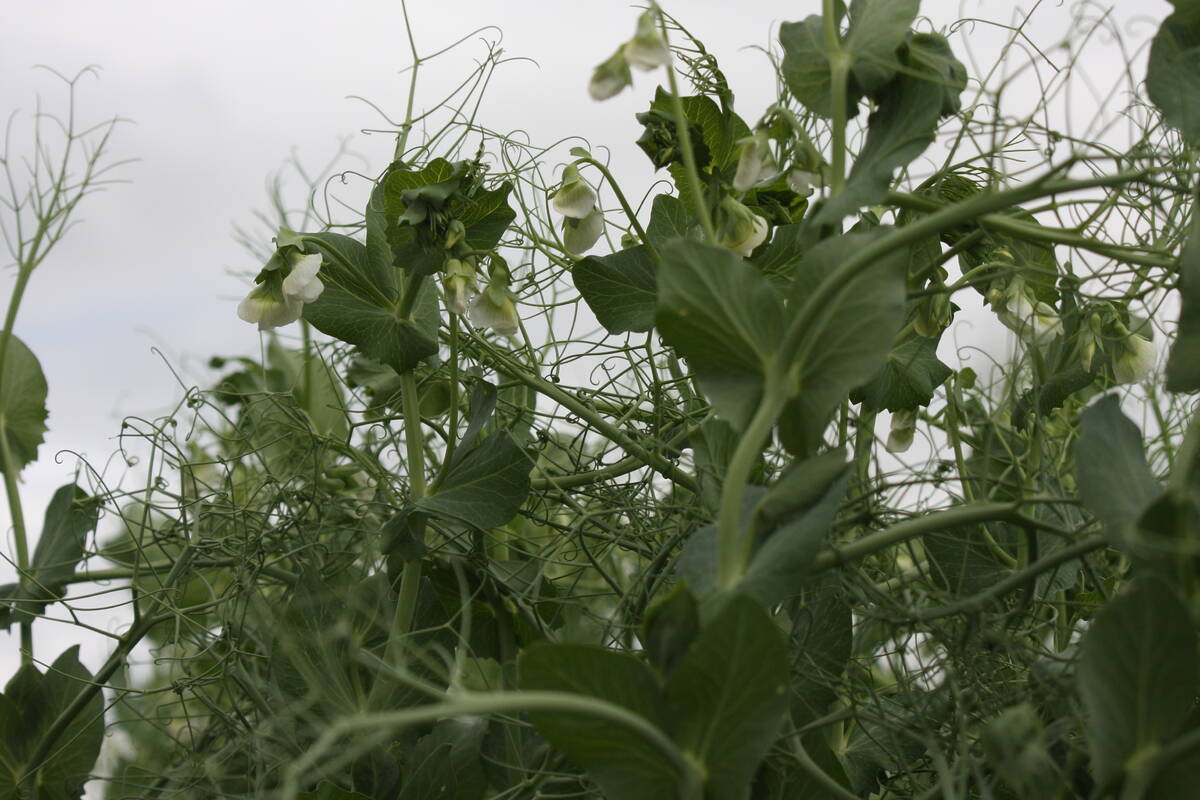LEXINGTON, Kentucky — Global demand for dairy products is escalating but prices do not always follow the same trajectory.
“The growth story is fantastic. Since 2007, milk has been growing in demand by 2.3 percent or 19 million tonnes per year. That is almost the annual milk production of New Zealand,” said Torsten Hemme at the international Alltech conference held in Lexington from May 19-21.
The driver is a growing population and people consuming more, said Hemme, founder of the IFCN Dairy network based in Kiel, Germany, that tracks dairy dynamics around the world.
Read Also

High pea yields shock farmers
There is going to be a massive pea carryout at the end of this crop year.
In the United States milk consumption is high at 274 litres per year, but Indonesia is low at 30 litres per year.
The IFCN Dairy report profiles 115 countries and reported since 2006 the average price of milk was US$40 per 100 kilogram but since 2017 prices fluctuated by 10 percent so prices dropped to $35 per 100 kg. This year demand may outstrip supply and prices may improve slightly.
Low prices affect farmers’ livelihoods. One of the agency’s studies showed on a German, 80 cow dairy the farmer pays himself just above minimum wage.
Milk demand will not grow in mature markets like the U.S., Australia or European Union but prosperity in China should see an uptick in consumption.
India is the number one producer in milk volume with a farming model of two cows per farm. Five percent growth per year is anticipated.
The next largest producers are the U.S., Pakistan and China. The U.S. has transitioned to large dairies. China is adding more cows but production is starting to stagnant.
The third largest producers are the E.U., Brazil and New Zealand.
Russia, Ukraine, southeastern Europe, Japan and Norway are large producers but they have seen a decline in milk production.
Japan and South Korea show continuous decline in production even with government support and industry investment.
Some parts of the E.U. will also show weakness but members like Ireland have experienced tremendous expansion in recent years.
Factors for milk production include natural elements like weather, land and water. In regions experiencing drought, feed supplies have been limited and production has dropped.
In addition, the IFCN Network found wide fluctuations in cost of production ranging from $20-$105 per 100 kg.
The network study divided production into three segments.
Household producers are those with one to 10 cows and are common in South Asia, Pakistan and India where 90 percent of farms have fewer than 10 cows.
The next is family farms with 10-100 cows and this is seen in the EU and Latin America.
Larger farms, with 100-300 cows per farm, usually have employees and investment. This model prevails in the U.S. where herds of 1,000 cows or more are becoming more common.
The study also looked at the environmental impact of the sector and found 2.7 percent of global greenhouse gas emissions comes from dairy.
People who think that substituting milk will save the planet are mistaken, said Hemme.
















